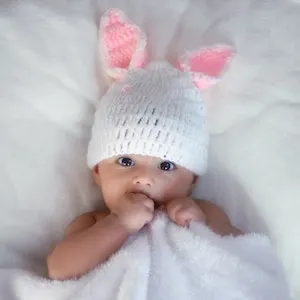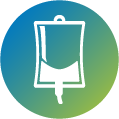Need help deciding if cord blood donation is right for you? Get answers to frequently asked questions about cord blood donations and what’s involved. We compiled source information on the subject from Bethematch.org, which you can learn more about here.
Baby is Born
Your baby is born with the umbilical cord that contains life -saving stem cells, with potential to cure patients, attached
Cord Clamping
The cord will be clamped and cut so that your baby can be cleaned and cared for. This is a safe procedure and done for all babies
Cord Blood Collection
Your doctor/midwife/collection nurse will clean and draw the leftover cord blood from the clamped cord into a special collection bag. A maternal sample will be collected to test for infectious diseases
Delivery to the Cord Blood Bank
Once the collection is complete, the cord blood unit that would have otherwise been discarded as waste, is labeled and quickly delivered to the partner cord blood bank for processing
Receipt of CBU
At time of receipt at the partner cord blood bank, the CBU and maternal samples are assigned an alpha numeric identifier to anonymize your donation
CBU Processing
Qualifying CBUs, those that contain a sufficient volume and number of nucleated cells, are processed to concentrate stem cells and are frozen within 48 hours of collection.
CBU Stored
Processed CBUs are stored at cryopreserved temperatures of -150 degrees C (-238 degrees F) for an indefinite period of time
NMDP/Be The Match Registry
After typing and characterization of the CBU is complete and donor eligibility is determined, the cryopreserved CBU is listed on the BTM registry so that searching patients can identify their hope for a cure.









